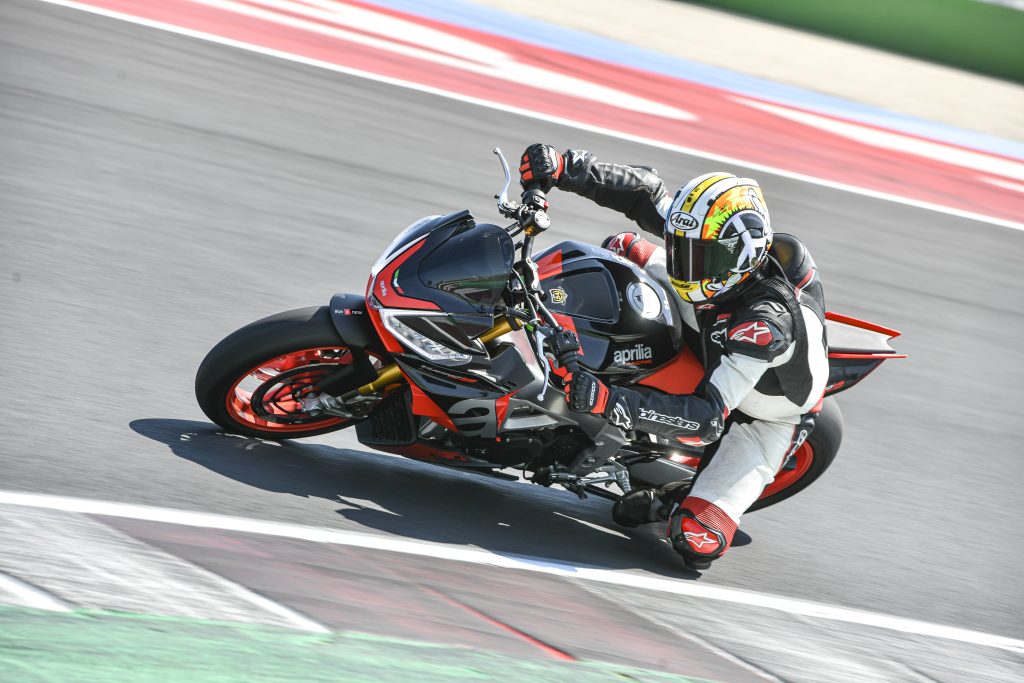We spend some time with the 2021 Yamaha RayZR 125 and the Fascino 125 Hybrid. Both the scooters get minor but noteworthy upgrades for 2021.
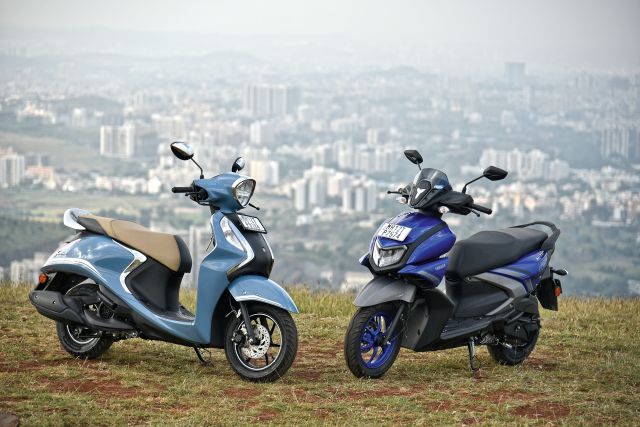
Story: Azaman Chothia
Photography: Apurva Ambep
Best Bikes in India | No.1 Two Wheeler Magazine
We spend some time with the 2021 Yamaha RayZR 125 and the Fascino 125 Hybrid. Both the scooters get minor but noteworthy upgrades for 2021.

Story: Azaman Chothia
Photography: Apurva Ambep
While we were testing the Yamaha Aerox 155, we received a lot of questions from passers-by and our social media family as well. It took us a while to answer all of them and here are a few of the best ones for you to read.
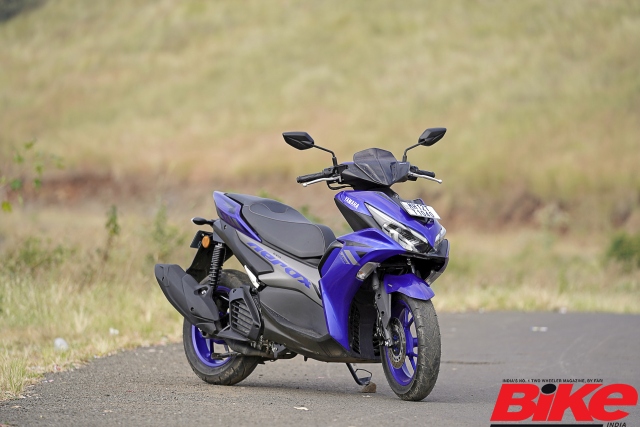
“Life is good, but it can be better.” That is probably what drove TVS to refresh the Apache RTR 160 4V and we attempt to see how they have got on
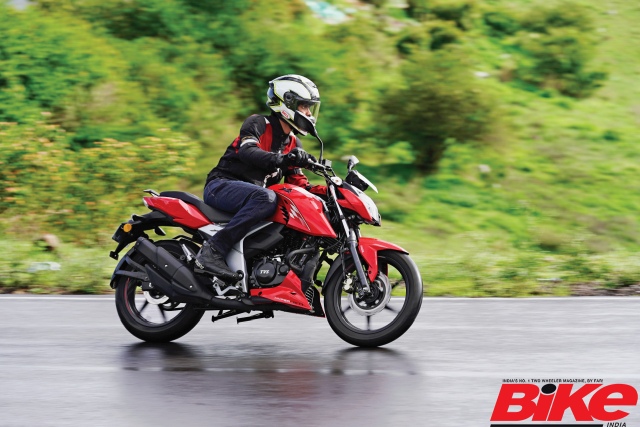
Disregard the attractive price tag for a moment, because Suzuki have uprated the 150-hp naked bike for 2021. The engine is now Euro 5-compliant, revs an extra 1,000 rpm, and, although quoted peak torque is down, Suzuki assure us the torque curve is smoother and fatter than earlier. There are new electronics, a new dash, an up-and-down quick-shifter as standard, and conventional traction control (TC) with greater refinement. There is a bold new look as well
This is more of a tweak than a complete overhaul and, remember, the roots of this engine date back to the GSX-R1000 K5 from 2005. Capacity, bore and stroke, and compression are the same as before, with new camshafts, camchain, and valve springs, along with a new slipper clutch among the most significant changes. There is also a completely new exhaust (to meet Euro 5 norms) along with smaller and lighter electronically controlled throttle bodies. The 40-millimetre throttle bodies (down from 44 mm) have been designed to give a smoother feeling upon opening.
The end result is an increase from 150 hp at 10,000 rpm to 152 hp at 11,000 — not a huge step. However, the increase in rpm is interesting. Peak torque is down from 108 Nm at 9,500 rpm to 106 Nm at 9,250 rpm, but the all-important torque curve is now smoother, with a noticeable increase in the mid-to-high rpm range.
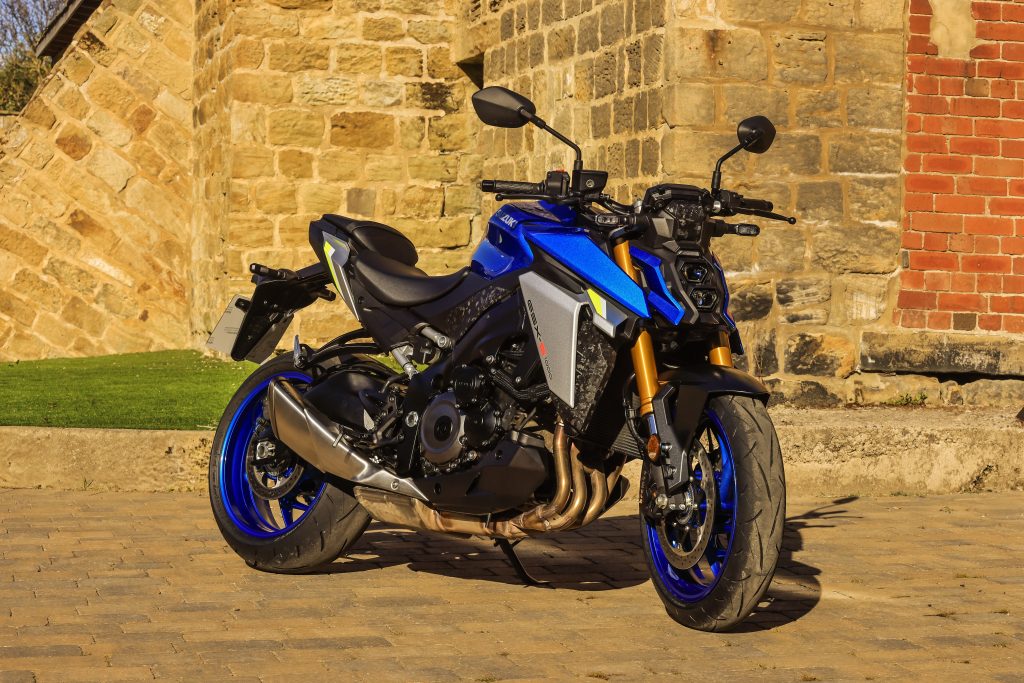
The Suzuki sounds a little old school and makes a charismatic induction noise much like an older GSX-R1000. I do not mean this to be derogatory, far from it. I have always liked the sound of the in-line four-cylinder; it sounds meaty.
[Read more…] about Suzuki GSX-S1000: Suzuki’s Bargain Still Packs a PunchThe most sophisticated Tuono with a new Marelli ECU, combined with an all-new five-inch colour TFT dash, allows more innovative rider aids than ever. New looks, a higher revving V4, a new swing-arm, and a new aerodynamic package — it is the best Tuono to date. Having spent a day on track at Misano MotoGP racetrack in Italy, we came back highly impressed by this motorcycle. Here is how and why
You could say Aprilia have a slightly unfair advantage as they smartly fitted an Akrapovic silencer to the test bikes, to simply add to the amusement around Misano. It does sound amazing, even at tick-over. I know from experience that Aprilia’s V4 has always had a distinctive “character” but now, with more revolutions per minute (rpm) to play with (300 rpm more) this has amplified the experience to over-indulgent levels.
Leaving the famous pit-lane at Misano, the new Factory sounds magnificent, the V4 blasting pulsating vibrations off the pit wall. Out on to the track on pre-heated Pirelli slicks (no need to warm them up), the bike is straight into it, accelerating hard to join the swarm of Italian racers already up to race speed.
The noise is lovely, what a voice! This is escorted by the smoothest of quick-shifter changes I have experienced on a road bike. The changes are quick, perfectly matched in rpm; it is as if the peg, selector, and gearbox have been purposely designed for me.
